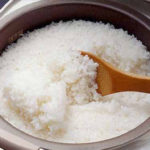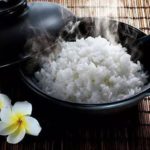
Using Sandwich Bread
Sandwich bread is considered a lifesaver for overcooked rice.
1. First, place 1-2 slices of sandwich bread on top of the rice and close the lid.
2. After about 5-10 minutes, the bread will absorb the excess moisture, leaving the rice drier.

3. Open the lid, remove the bread, and fluff the rice. You’ll have a bowl of perfectly cooked rice.
The bread can be enjoyed with jam or your favorite toppings, so don’t throw it away.
Opening the Lid
A traditional way to fix overcooked rice is to simply open the lid.
Doing so allows excess steam to escape, preventing it from condensing and making the rice soggy.
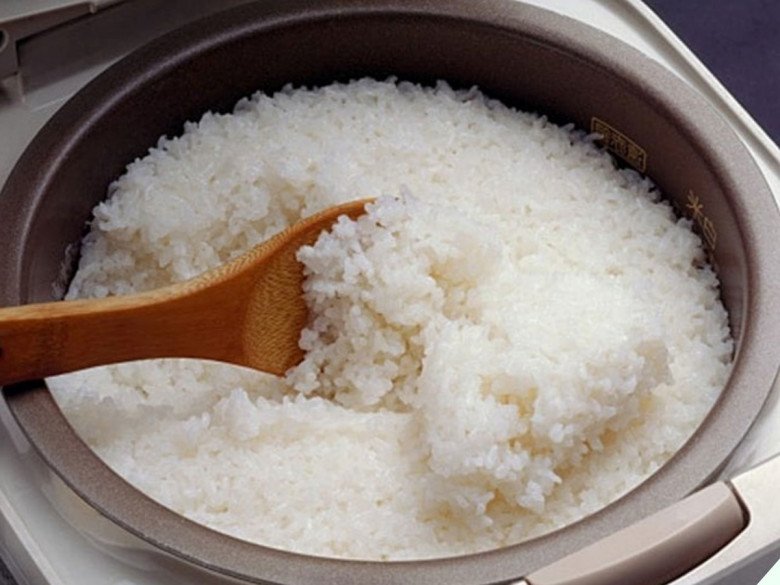
After about 15 minutes, the rice grains will dry out. At this point, close the lid and continue cooking until the rice is tender and fluffy.
Alternatively, you can scoop the rice into a bowl to speed up the cooling process. As the rice cools, it will dry out. You can eat it as-is or reheat it before serving.
Tips for Measuring Water Accurately
One of the main reasons for mushy rice is using too much water. But is there a way to measure the right amount of water for fluffy, tender rice?
1. Finger Method
A traditional way to measure water when cooking rice is to use your finger. Regardless of the amount of rice, ensure that the water level is one finger joint (knuckle) above the rice level.

2. Ratio Method
The rice-to-water ratio varies depending on the type of rice. However, a general rule of thumb is as follows:
– White rice: Use a ratio of 1:1.5, which means for every cup of rice, use 1.5 cups of water.
– For brown rice, use a ratio of 1:2, so for every cup of brown rice, use 2 cups of water.
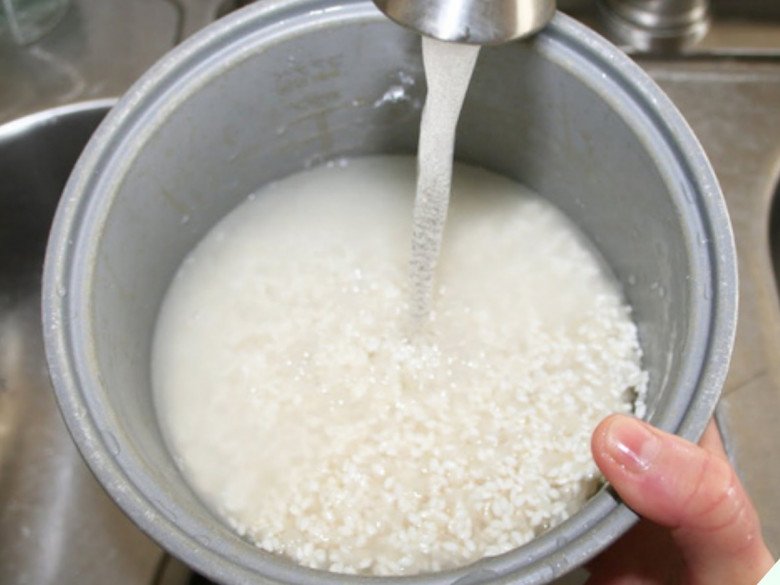
Additionally, rice cookers often have water level markings inside. The user manual will also provide recommendations for the rice-to-water ratio. Following these guidelines will ensure perfectly cooked rice.
Tips for Cooking Delicious, Fluffy Rice
To avoid mushy, overcooked rice, consider the following five simple steps:
1. Rinsing the Rice

While it’s important to rinse rice to remove any dirt or debris, over-rinsing can strip away essential nutrients. Experienced chefs recommend rinsing rice just twice. When rinsing, avoid rubbing or scrubbing the grains to retain vitamins and minerals.
2. Soaking the Rice

After rinsing the rice, soak it in an appropriate amount of water for about 30 minutes. This allows the water to gradually penetrate the rice grains. When cooked, the rice will be tender and fluffy, with a delicious texture.
3. Measuring Water

After soaking, drain the rice and place it in a pot. Measure the water using the 1:1.5 rice-to-water ratio or the finger method.
4. Adding Vinegar
Experienced chefs often add vinegar when cooking rice. This ingredient acts as a catalyst, improving the texture and taste of the rice. It also helps preserve the rice for a longer period.
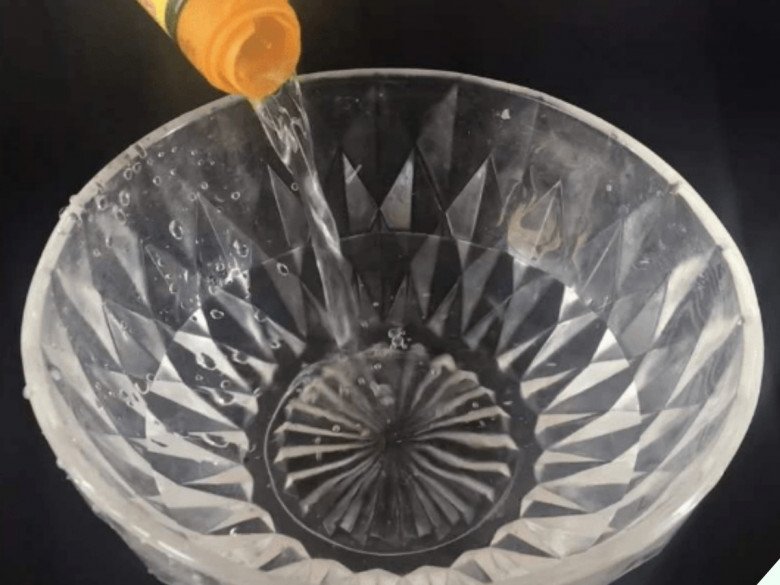
5. Sesame Oil
Once the rice is cooked, add a few drops of sesame oil and mix well. This simple trick gives the rice a glossy appearance, a softer texture, and an incredible aroma.

Tips: How to fix hard, sticky, and mushy rice?
When cooking rice, if the water is too much, the rice becomes mushy or when switching to a new type of rice, if you don’t know how to measure water, the rice becomes hard, or if you don’t control the heat well, the rice becomes burnt. Don’t worry, here are some simple methods to help you handle these situations.



























